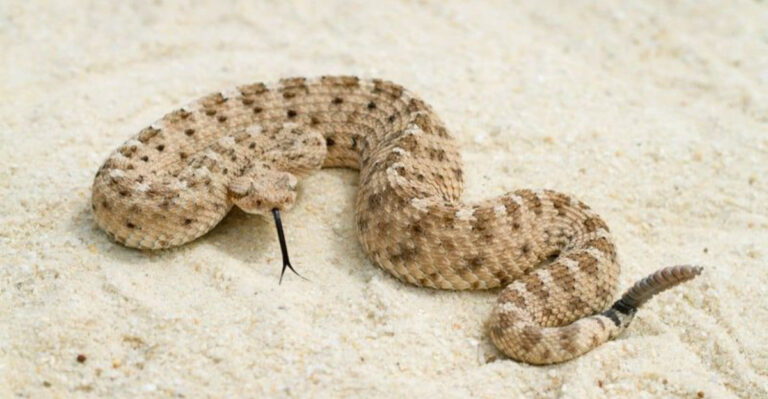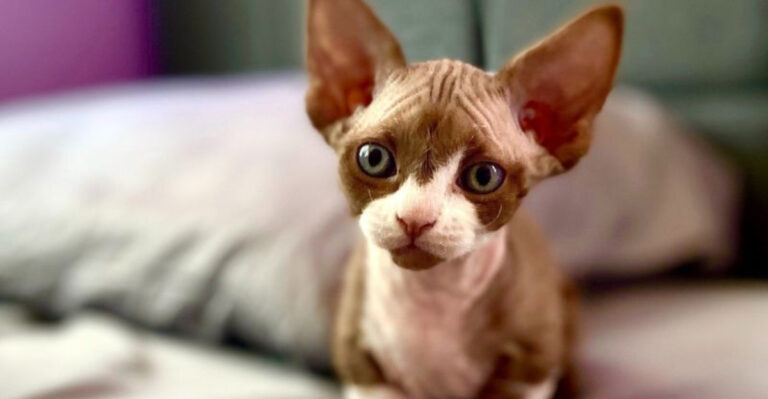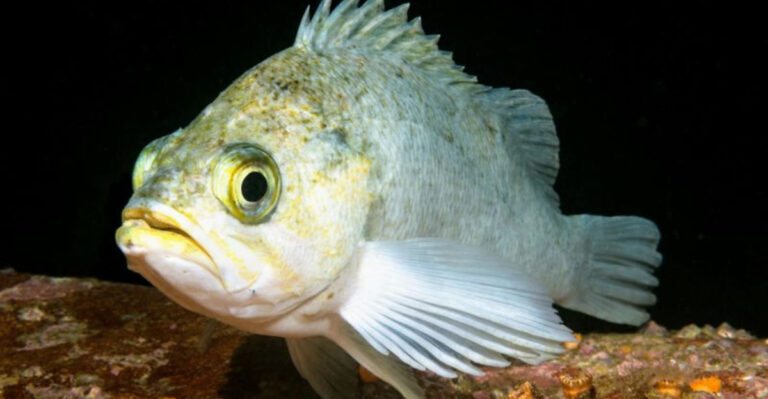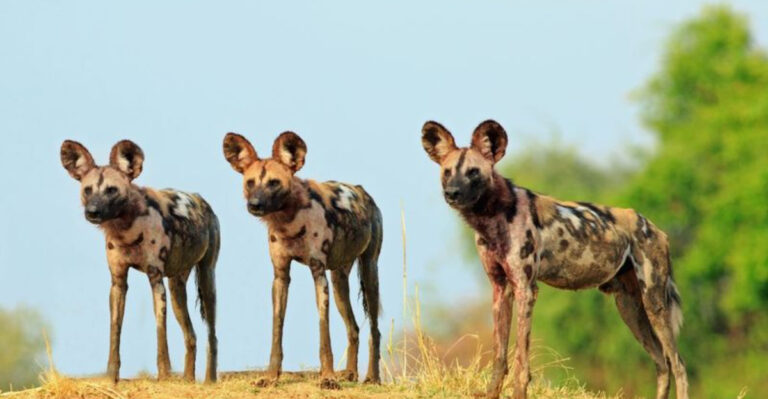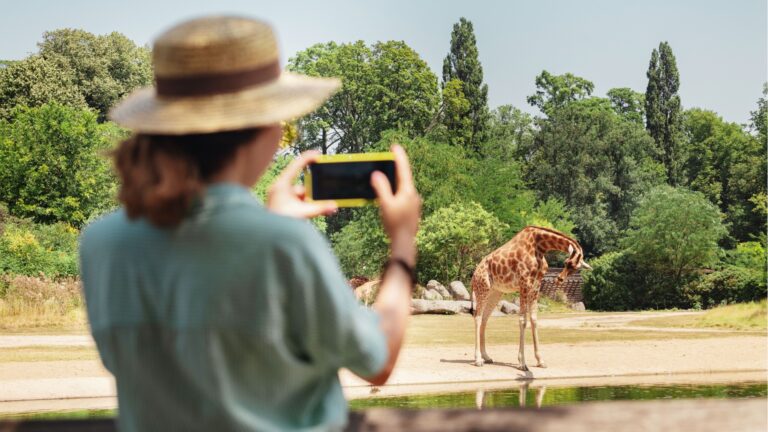These 14 Animals Are Evolving In Real Time, And It’s Astonishing
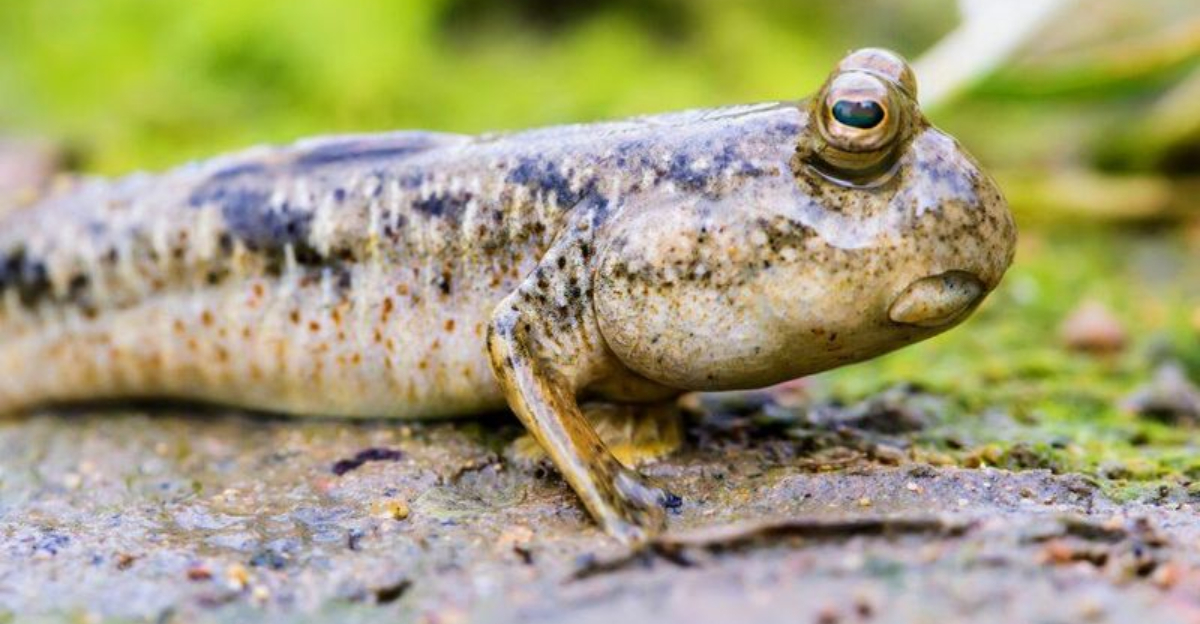
Evolution isn’t just something that happened millions of years ago. Some animals are changing right before our eyes in response to modern challenges like climate change, human activity, and habitat shifts.
Their bodies and behaviors are transforming so quickly that scientists can observe these adaptations happening within just a few generations. Ready to meet some creatures that are rewriting the rules of evolution?
1. Walking Sharks Navigate Coral Reefs On Fins
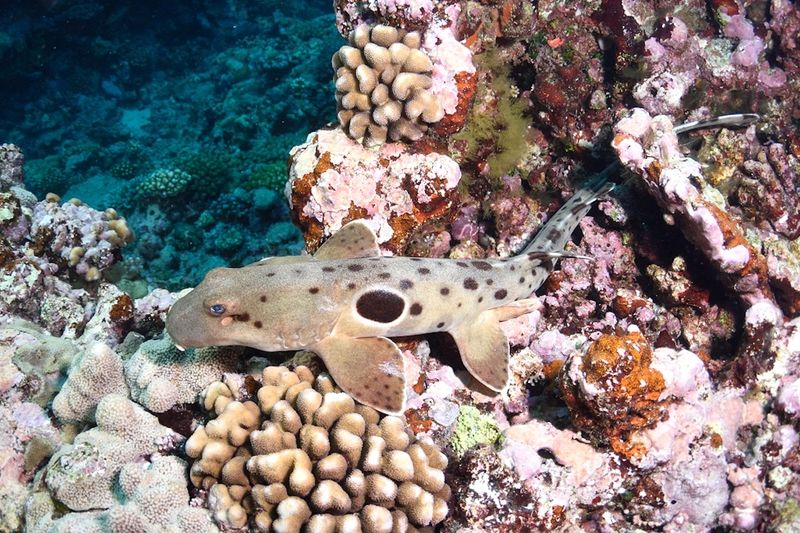
Australia’s epaulette sharks have developed an extraordinary ability to walk on their fins across coral reefs. When the tide recedes, these innovative hunters don’t get stranded—they simply stroll to the next pool.
They can survive up to an hour without oxygen, allowing them to reach isolated tide pools where prey has nowhere to hide. Scientists believe this adaptation emerged in response to changing reef environments.
2. Mudskippers Conquer Land With Breathing Skin
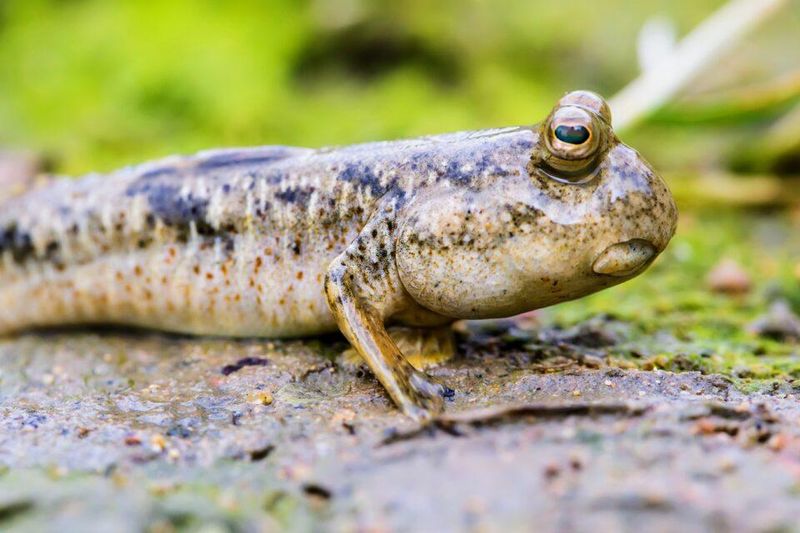
Forget waiting millions of years to evolve—mudskippers are transitioning to land right now! These ambitious fish can breathe through their moist skin and specialized gill chambers that store water.
During low tide, they hop around mudflats using powerful pectoral fins that function remarkably like legs. Their protruding eyes provide nearly 360-degree vision for spotting predators and prey in their amphibious lifestyle.
3. Mexican Cavefish Sacrifice Eyes For Survival
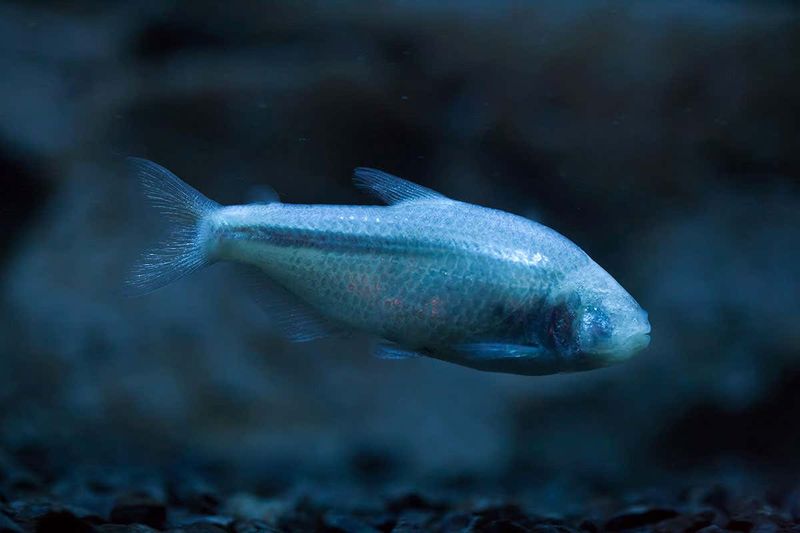
Mexican cavefish are living proof that sometimes evolution means losing features, not gaining them. After generations in permanent darkness, these fish have lost their eyes completely—they’re born with eye sockets that gradually fill with tissue.
What they’ve gained instead is remarkable: enhanced taste buds, lateral line sensors, and fat storage abilities. They can detect minute vibrations and chemical changes that surface-dwelling fish would completely miss.
4. Python Hips Reveal Their Legged Ancestry
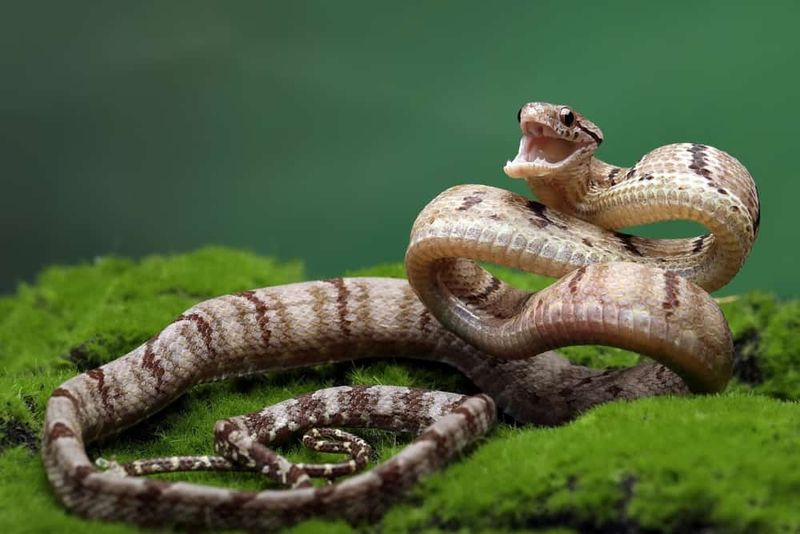
Pythons harbor a fascinating evolutionary secret—tiny vestigial leg bones hidden within their sleek bodies. These remnants of hind legs appear as small spurs near their pelvis, especially visible in larger species.
Male pythons even use these spurs during mating rituals! This isn’t evolution happening forward but rather showing us the backward path. Their genome still contains the instructions for legs, just deactivated over millions of years.
5. Puerto Rican Lizards Adapt To City Heat

Urban anole lizards in Puerto Rico are rapidly developing longer limbs and stickier toe pads than their forest-dwelling relatives. Why? They need to grip and navigate the smooth, hot surfaces of buildings and sidewalks.
Even more impressive, their heat tolerance has increased significantly. Studies show city lizards can withstand temperatures nearly 3°C higher than forest anoles—an adaptation that appeared in just 30-40 generations as cities expanded.
6. Pheidole Ants Produce Emergency Super Soldiers
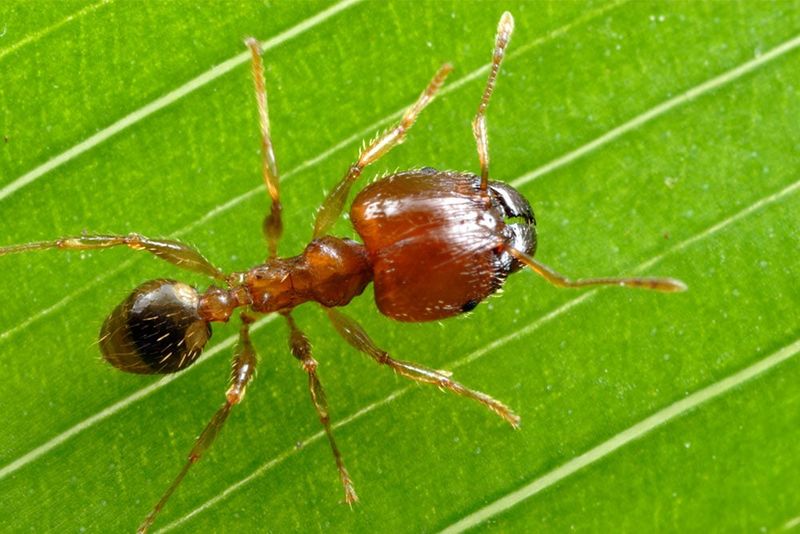
When danger threatens their colony, certain Pheidole ant species can suddenly activate dormant genes to produce supersized soldier ants with massive heads and powerful jaws. This real-time response to environmental threats shows evolution operating on a genetic switch basis.
Researchers discovered they could trigger this transformation by exposing developing ant larvae to specific hormones. The colony essentially keeps backup evolutionary plans ready for deployment when survival demands it!
7. North American Birds Shrink As Climate Warms
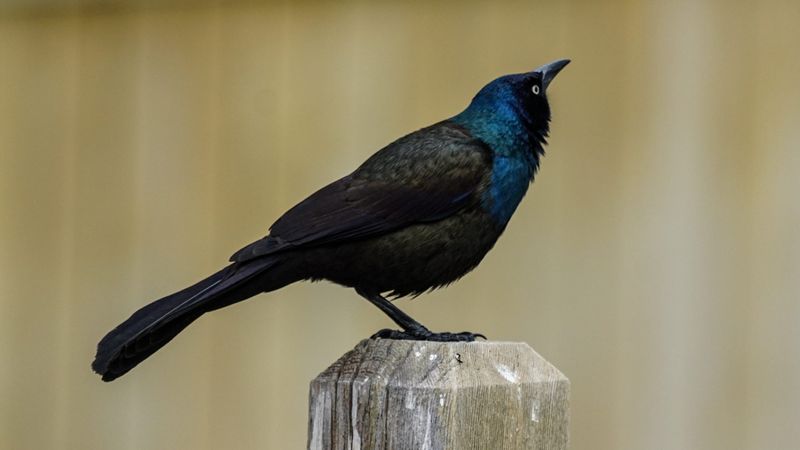
Scientists examining decades of bird specimens made a startling discovery: North American migratory birds are getting smaller. Their bodies have shrunk while their wings have lengthened—an adaptation to warming temperatures and changing migration patterns.
Smaller bodies help dissipate heat more efficiently in warmer climates. Meanwhile, longer wings provide the extra power needed for increasingly difficult migrations as weather patterns become more unpredictable. This transformation happened over just 40 years!
8. Tool-Using Octopuses Pass Knowledge To Others
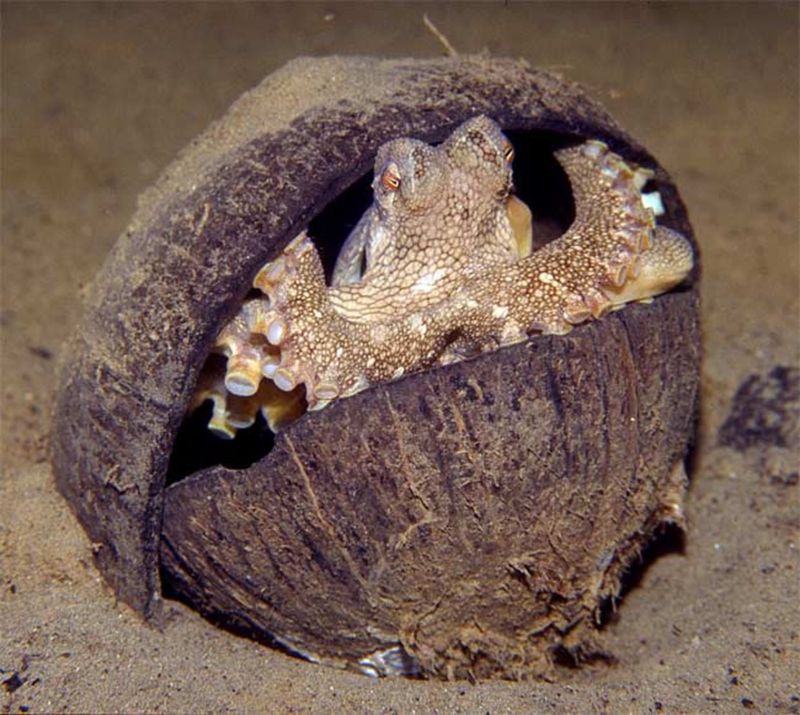
Veined octopuses in Indonesia have stunned researchers by collecting coconut shell halves, carrying them across the ocean floor, and later assembling them into protective shelters. This sophisticated tool use wasn’t seen in earlier generations.
Even more fascinating, young octopuses learn this behavior by watching others—a form of cultural evolution happening alongside physical changes. Their problem-solving abilities suggest intelligence evolving rapidly in response to environmental pressures and opportunities.
9. European Wolves Shift To Nighttime Schedules

Wolves across Europe aren’t just changing physically—they’re altering their entire lifestyle to avoid humans. GPS tracking reveals packs have become almost entirely nocturnal, hunting and socializing during darkness when humans are least active.
Their digestive systems and vision are adapting to this new schedule. Cubs born in human-dominated landscapes show stronger night vision capabilities than those in remote areas. This behavioral evolution might eventually lead to physical differences between populations.
10. African Elephants Born Without Tusks

During Mozambique’s civil war, poachers killed 90% of elephants in Gorongosa National Park, specifically targeting those with tusks. The surviving population? Mostly tuskless females carrying a genetic mutation.
Today, about one-third of female elephants born there inherit this tuskless trait—a dramatic increase from the natural 2-4% rate before the conflict. This rapid evolutionary response happened within just two generations, showing how human activities can accelerate natural selection.
11. Urban Coyotes Master Human Traffic Patterns

City-dwelling coyotes have developed remarkable adaptations for urban survival. They’ve learned to recognize traffic signals and cross streets during red lights. Their coat colors have shifted toward darker shades that blend with urban environments.
Their digestive systems now process human food waste efficiently. Most impressively, urban coyotes have altered their social structure—forming larger, more stable family groups than their rural counterparts, which helps them defend territories in fragmented urban landscapes.
12. Australian Cane Toads Evolve For Speed

Since their introduction to Australia in 1935, cane toads have evolved longer legs and greater endurance—not over millennia but mere decades! The fastest-moving toads reach new territories first, mate with other pioneers, and produce similarly speedy offspring.
The invasion front toads now move about five times faster than their ancestors. This self-selecting evolutionary process has created what scientists call an “Olympic Village effect” where the most athletic toads breed together, accelerating their invasion across Australia.
13. London Underground Mosquitoes Form New Species

Deep beneath London lives a mosquito unlike any other—the London Underground mosquito evolved from its above-ground ancestor in less than 150 years! These subterranean biters no longer hibernate and can breed year-round in the warm tunnels.
Most remarkably, they cannot interbreed with their surface relatives despite being physically capable. Genetic tests confirm they’re becoming an entirely new species. They’ve also switched from bird blood to exclusively feeding on humans and rats.
14. Key Deer Shrink To Fit Island Resources
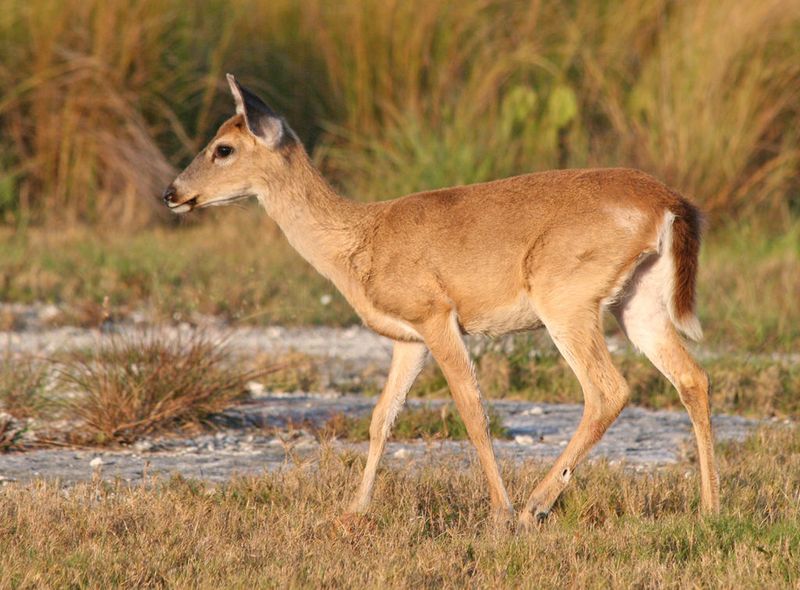
Florida’s Key deer demonstrate island dwarfism in action—they’ve shrunk to just 30 inches tall, about the size of a large dog! This miniaturization happened relatively quickly after they became isolated on the Florida Keys.
Their smaller bodies require less food and water, crucial adaptations for surviving on islands with limited resources. They’ve also developed specialized kidneys that can process slightly salty water. Scientists are now monitoring how rising sea levels might push their evolution even further.


